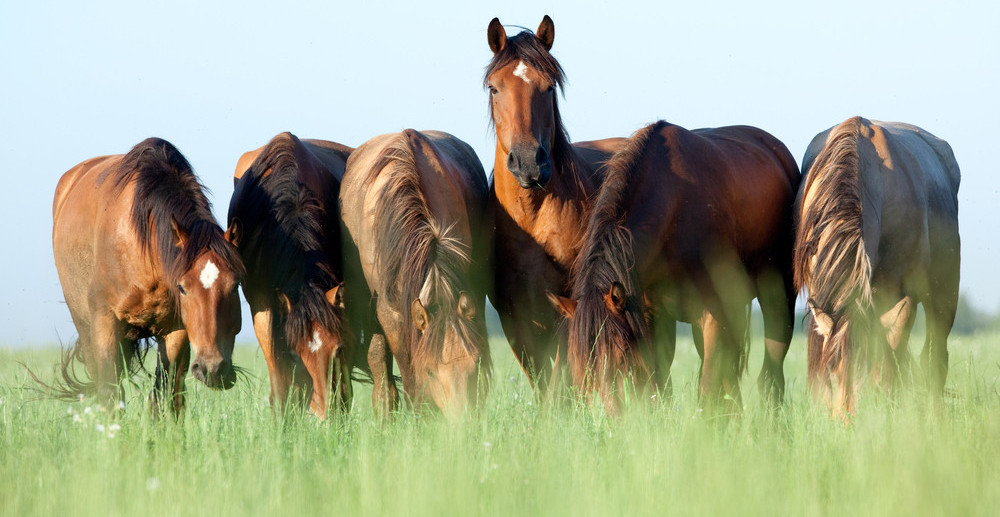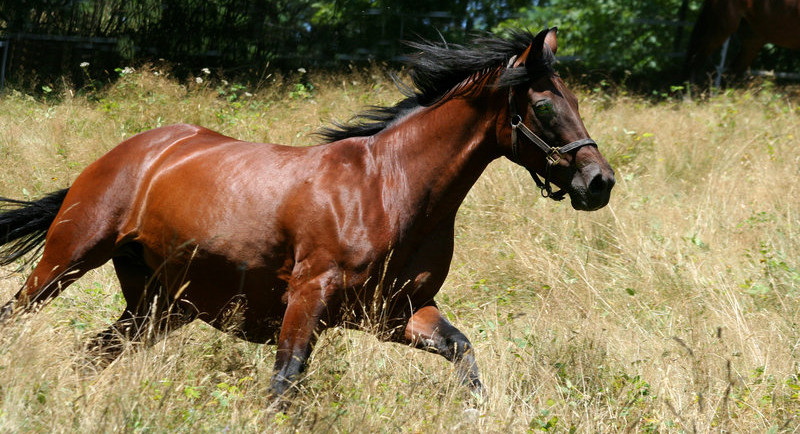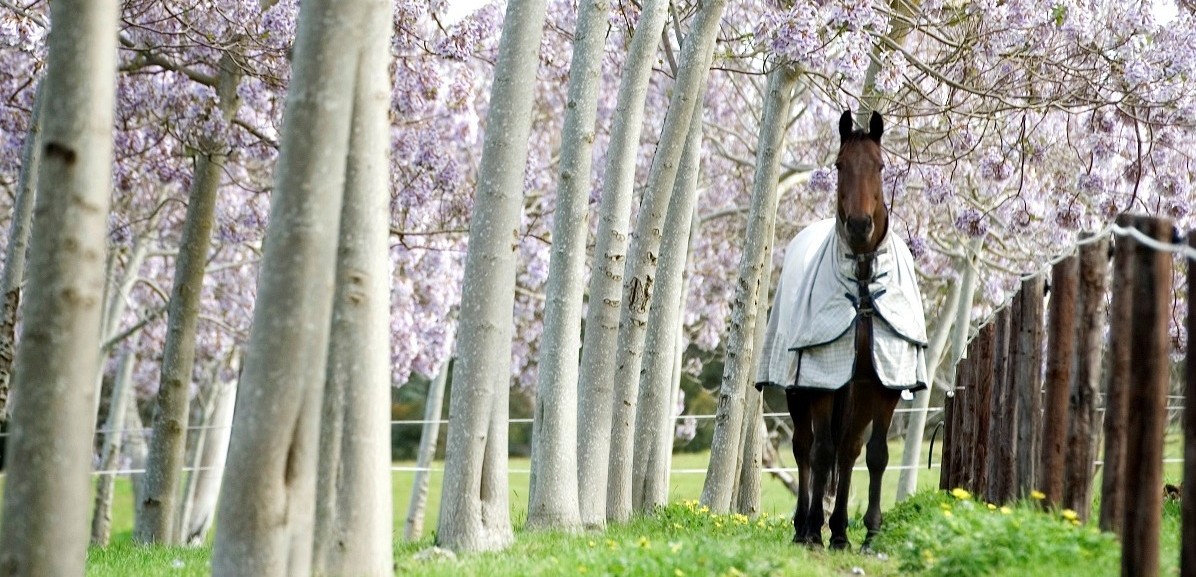Pasture Management
MB Equine Services offers powerful and effective consultancy services for land and horse owners seeking Equine Pasture Management using Permaculture principles, Keyline® Design, Holistic Grazing Planning® and Foraging behaviour (BEHAVE) to regenerate properties and pastures. Overgrazing, compaction, erosion, oxidation, salinity and even horse-sick pastures are not uncommon on horse properties. If you want to turn your pastures into healthy grasslands for you horses you have to start improving your soil! The soil grows the grass the horse feeds on.
Our services include:
- Property design & pasture management consultations and courses/seminars
- Water harvesting earthworks to passively drought proof your property.
- Techniques for soil creation and fertility, carbon capture and storage, increase the productivity of equine systems.
- Pasture biodiversity & Grazing Planning
- Integrated fodder and slow feeding systems consulting
- Equine nutrition consulting
For more information about our services and charges for pasture management and design go to our consultations page.
 Overgrazing and over-resting pastures are common problems on horse properties. When horses graze they are very selective. They can eat down some areas until it’s almost bare, whilst leaving other areas in which they dung and urinate untouched. If these paddocks and pastures are not managed properly, you can get over-grazing and “horse-sick” pastures with poor quality grasses, accumulation of weeds, compacted and eroded soils and populations of parasites. Horse-sick pastures may be more evident when there is insufficient land, but also larger horse properties can have these problems. In most cases is due to the lack of knowledge and consequential poor management of pastures. These horse-sick pastures not only affect the health of your horse, but also negatively influence the shape of the land and can reduces the value of your property or land to which it is attached.
Overgrazing and over-resting pastures are common problems on horse properties. When horses graze they are very selective. They can eat down some areas until it’s almost bare, whilst leaving other areas in which they dung and urinate untouched. If these paddocks and pastures are not managed properly, you can get over-grazing and “horse-sick” pastures with poor quality grasses, accumulation of weeds, compacted and eroded soils and populations of parasites. Horse-sick pastures may be more evident when there is insufficient land, but also larger horse properties can have these problems. In most cases is due to the lack of knowledge and consequential poor management of pastures. These horse-sick pastures not only affect the health of your horse, but also negatively influence the shape of the land and can reduces the value of your property or land to which it is attached.
Moreover, overgrazing can also trigger the accumulation of Non-Structural Carbohydrates (NSC) in grasses which puts horses at risk of developing digestive and metabolic disorders such as acidosis and laminitis.
In the wild, the horse adapted to eating prairie (low-quality) grasses in semi-arid regions and travelling significant distances each day in order to obtain adequate nutrition. In addition, they would be pushed along by predators that hunt them, so generally wild horse populations never stay at one place for a long time. Horses will move along while grazing, which means that in general they only disturb and foul the ground for a small period of time. Horses will carry on and the grazed area will have the time to recover over the season. As you may have observed yourself, horses generally leave the grasses where they urinate and dung untouched. In the wild, horses will not return to the grazed and fouled area until nature has “cleaned up” and resorted the area.
This means that when we keep horses in captivity we must aim to mimic this natural migrating and foraging process and therefore we must manage and plan the movement of our horses. If they are left in any one place too long, or if they returned to it too soon, they will overgraze plants and compact and pulverise the soils. Many horse owners will use a rotation system if they have multiple paddocks available for their horses, however generally the management and rotations are done randomly without an actual plan. A proper grazing plan is important for maintaining healthy pastures and by using the principles of the Holistic Grazing Planning and Foraging behaviour (BEHAVE) we are able to get a clearer picture of where horses need to be and when, and this determines how you plan their moves.
Without correct management this will also result in overgrazing of grasses. To be able to provide sufficient amounts of grass to meet the dietary needs of your horses and avoid overgrazing or over-resting the grasses in your paddocks, you must develop a proper grazing plan. Adequate knowledge on how grasses and legumes grow and leaf management are necessary to be able to get a clearer picture of where horses need to be and when, and this determines how you plan their moves.
Permaculture, Keyline Design and Soil Buidling on horse properties
Keyline planning is based on the natural topography of the land. It uses the form and shape of the land to determine the layout and position of farm dams, irrigation areas, roads, fences, farm buildings and tree lines.
Keyline design is another tool used in Permaculture design, and is a system of design in which great emphasis is placed on processes that regenerate and build the fertility of soils.
It is about creating a soil environment that rapidly accelerates soil biological activity, and as a consequence it vastly increasing the total organic matter content within the soil. Keyline lay-outs of farm and grazing lands also incorporate design of the storage of run-off water within the farm. A good design efficiently spreads the often irregular rainfall patterns so common to Australia and various other countries all over the world, and enhances rural production even on the smallest of horse properties. To read more about Keyline Design click here.
Why Behaviour?
 The BEHAVE program focuses on large herbivore behaviour and understanding how animals learn what to eat and where to live. Understanding how animals learn may enable us to train our animals to fit our landscapes rather than needing to manipulate our landscapes to fit our animals. Managers can change the behaviour of animals because behaviour is flexible and depends on its consequences. Furthermore, behavioural remedies to land management problems tend to be environmentally and animal friendly. Using grazing to sustain and improve rangelands will reduce our reliance on expensive machinery, fossil fuels and toxic herbicides.
The BEHAVE program focuses on large herbivore behaviour and understanding how animals learn what to eat and where to live. Understanding how animals learn may enable us to train our animals to fit our landscapes rather than needing to manipulate our landscapes to fit our animals. Managers can change the behaviour of animals because behaviour is flexible and depends on its consequences. Furthermore, behavioural remedies to land management problems tend to be environmentally and animal friendly. Using grazing to sustain and improve rangelands will reduce our reliance on expensive machinery, fossil fuels and toxic herbicides.
Diet and habitat selection of large herbivores are complex processes. Over the past thirty years, researchers working with the BEHAVE program have sought to understand the behavioral principles that govern diet and habitat selection. A brief overview of these basic principles are outlined below:
Behavior Depends On Consequences: Positive consequences increases the likelihood of an animal repeating a behaviour and negative consequences decreases the likelihood of an animal repeating a behaviour. Positive consequences have fewer negative side effects.
Mother Knows Best: An animal’s mother has the greatest influence on the foods an animal chooses to eat and where it chooses to live. Once trained, animals will pass new behaviours on to their offspring automatically.
Early Experiences Matter Most: The behavior of animals changes throughout their lives based on experience. Animals are more likely to try new things, including foods, early in life. Experience can change the an animal’s physiology, neurology, the structure of its body even gene expression.
Animals Must Learn How to Forage: Believe it or not animals actually have to learn how to eat. Young animals acquire foraging skills more quickly early in life than older animals.
Animals Avoid Unfamiliar Foods: Animals don’t like to eat new foods. Eating new foods is risky because they may be toxic. As long as animals have plenty of familiar, nutritious foods to eat, they generally avoid eating new foods.
Palatability Depends on Feedback from Nutrients and Toxins in Food: When an animal eats a food, it is digested releasing nutrients and toxins. These compounds are absorbed and travel to the cells and organs of the body. Signals are then sent back to the brain to tell it how well a food meets the animal’s nutritional needs. The brain then pairs the food’s flavor with it’s benefits, toxicity or lack of benefits to the body.
- Nutrients Increase Palatability: Animals learn to eat foods that are nutritious and avoid foods that are low in nutrients. Their bodies tell them which foods are which based on feedback from the gut.
- Toxins Decrease Palatability: Animals learn to avoid foods that are toxic. Their bodies tell them which foods are harmful based on feedback from the gut.
- Changes in Food Preferences are Automatic: Think animals can’t be this smart? Changes in palatability occur automatically due to feedback. Animals don’t need to think about or remember feedback from the food. Even when animals are asleep, feedback still changes palatability.
- Toxins Set a Limit on Intake: In most cases, animals only eat small quantities of plants that contain toxins because toxins in plants set a limit on intake. Most toxins do not cause death or obvious sign of illness instead they keep animals from overeating any one plant.
Variety is the Spice of Life: Providing animals with a variety of foods on pastures, rangelands and in feedlots allows them to avoid toxins and balance diets to meet their own unique needs for nutrients.
Everybody is an Individual: Individuals within a species vary widely in their ability to tolerate toxins and their need for nutrients.




Follow Us!